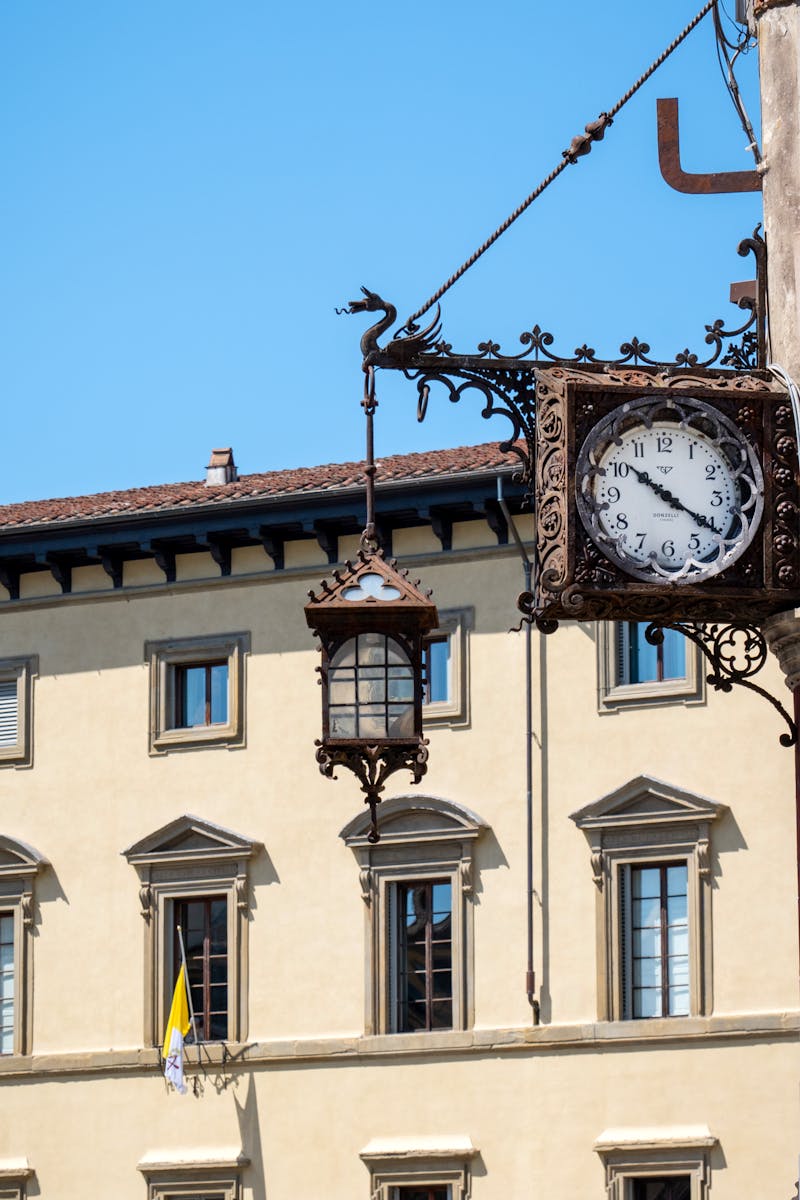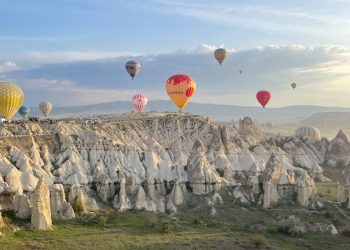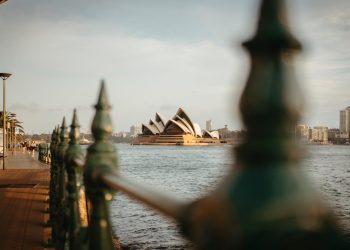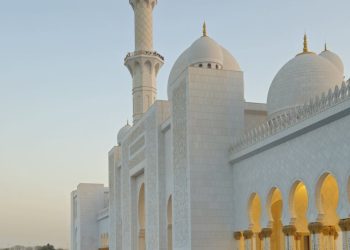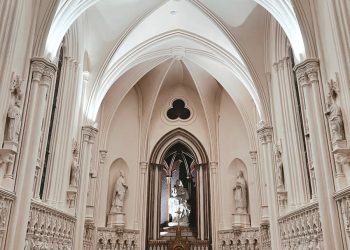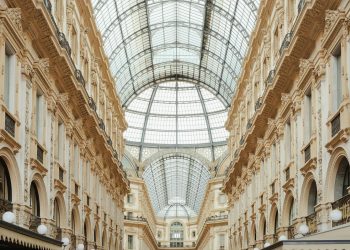Art is more than decoration. It is voice, history, identity, resistance, and memory. For Indigenous communities across the world, art is a language—spoken not through alphabets but through rhythm, pigment, pattern, and form. It speaks of land and spirit, ancestors and ceremony, trauma and resilience. Exploring Indigenous art forms, therefore, is not merely an artistic journey; it is a deeply human one. It invites us to witness worlds shaped not by conquest and commerce, but by interconnection, reverence, and storytelling.
Indigenous art is not monolithic. It spans continents, centuries, and cultures—from the intricate beadwork of the Lakota to the geometric bark paintings of Arnhem Land, from the clay sculptures of the Zapotec to the spiritual motifs carved by Māori tohunga whakairo (master carvers). Yet, despite this diversity, certain threads run through Indigenous art globally: a sacred relationship with the land, a spiritual worldview, and an unbroken link to ancestry and tradition.
At its core, Indigenous art is rooted in place. Unlike Western art, which often seeks autonomy from its environment, Indigenous art is inseparable from the land. In many traditions, the land is not simply a backdrop; it is alive, conscious, and relational. For the Aboriginal peoples of Australia, for example, “Country” is a sentient being, and art is a means of communicating with it. Dreamtime paintings map sacred stories onto canvas, depicting ancestral journeys that shaped rivers, rocks, and stars. The dots, lines, and earthy hues may seem abstract to outsiders, but to those who know the stories, they are powerful maps of memory and meaning.
Similarly, in the Pacific Northwest of North America, the Haida, Tlingit, and Tsimshian peoples create monumental totem poles that tower like wooden prayers. These are not mere sculptures; they are genealogies, mythologies, and legal records carved into cedar. Each figure, be it eagle or bear, tells of alliances, warnings, and family lineage. The pole is a storyteller—and in carving it, the artist reaffirms their place in a continuum that spans generations.
Materials themselves carry cultural resonance. Where Western art may prize novelty or abstraction, Indigenous art often values the spiritual essence of its medium. Inuit sculptors, for instance, work with soapstone and whalebone not only for their physical properties but for their spiritual lineage. The stone has a memory, a presence. In weaving traditions of the Andes, natural dyes made from cochineal insects or indigo plants are chosen for their symbolic as well as aesthetic properties. The color red may symbolize life force, while black represents the underworld. Thus, the act of creation is not simply an artistic choice—it is a ceremonial one.
The body itself is also a canvas in many Indigenous traditions. In Māori culture, tā moko—the traditional art of tattooing—is a sacred practice. These tattoos are not decorative; they are deeply personal identity markers, telling of a person’s lineage, status, and accomplishments. The patterns spiral and curve across the skin, merging the physical and the spiritual, the individual and the communal.
Indigenous art is also a form of resistance. Colonization attempted to erase Indigenous cultures, languages, and religions. Art became one of the most enduring forms of survival. Through patterns, songs, and performances, communities preserved what colonizers tried to destroy. Boarding schools may have banned native languages, but dances and beadwork quietly passed them on. Christian missionaries may have outlawed ceremonies, but petroglyphs and pottery kept the stories alive.
Today, many Indigenous artists straddle the worlds of tradition and innovation. They honor ancestral techniques while also using new forms to tell old stories. Artists like Kent Monkman, a Cree painter known for his powerful and provocative reimaginings of colonial history, use Western painting styles to challenge the Western gaze. His alter ego, Miss Chief Eagle Testickle, queers and subverts historical narratives, forcing viewers to confront the violence and absurdity of settler myths.
In the digital realm, Indigenous creators are reclaiming visual sovereignty. From video installations to virtual reality storytelling, contemporary Indigenous art explores identity, land, and trauma with both reverence and rebellion. The 21st-century digital frontier becomes another terrain of resistance—one where Indigenous artists claim space on their own terms.
Yet, with the growing global interest in Indigenous art comes a risk of appropriation. Non-Indigenous individuals and corporations often commodify sacred symbols and motifs without understanding—or respecting—their origins. Feathered headdresses appear at music festivals, sacred patterns adorn fashion lines, and spiritual imagery is reduced to decor. This is not appreciation. It is theft—of culture, of meaning, of voice.
True engagement with Indigenous art requires more than admiration. It demands listening. It means supporting Indigenous artists, learning the histories behind the works, and honoring the protocols attached to them. Many symbols, songs, and stories are not public. They are protected by kinship and ceremony, not copyright. Understanding this is crucial.
Equally important is recognizing that Indigenous art is not a relic of the past. It is a living, breathing force. It evolves, adapts, and grows—just like the communities who create it. From muralists in urban Canada to basket weavers in the Amazon, Indigenous artists are not merely preserving culture; they are shaping its future.
Educational institutions and museums are beginning to acknowledge this. More exhibitions are curated by Indigenous scholars. More residencies are reserved for Indigenous creators. Yet, the work is far from done. Indigenous art still occupies the margins in many collections and curricula. Elevating it requires more than token representation; it requires structural change, long-term funding, and the inclusion of Indigenous voices at every level—from the classroom to the curatorial board.
Exploring Indigenous art forms is, in essence, exploring a worldview fundamentally different from the one that dominates much of modern society. It invites us to slow down, to consider relationship over ownership, story over spectacle, community over individualism. It asks us to look not just with our eyes but with our hearts, to see not just what is beautiful but what is sacred.
In doing so, we begin to hear the echoes of the ancestors—not as distant voices, but as present ones. Through the weaving, carving, singing, and painting, they speak. They remind us that art is not separate from life. It is life. And through Indigenous art, we are invited not just to witness that life—but to learn from it.


